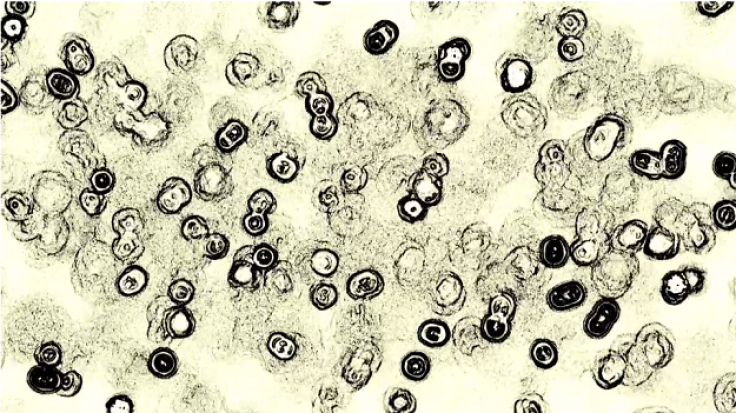Hantavirus Sufferers Drown In Their Own Fluids And Die, Swollen, Of Oxygen Deprivation

Tiny mice may seem harmless, cute even, but the waste material they produce can cause a deadly virus that literally causes the human body to swell with its own fluid and drown from the inside out, leaving the victim swollen in death. Meet the hantavirus.
The hantavirus is rare. Little is known about it for this reason, not to mention that both of its two forms — Hemorrhagic Fever with Renal Syndrome (HFRS) and Hantavirus Pulmonary Syndrome (HPS) — have spread all over the world via deer mice carrying the disease. Because hantaviruses mimic flu symptoms early on, diagnosis may arrive too late. Both diseases can be fatal.
“I started feeling sick in July of 2009,” explains Ethan Lindsey, a former carrier of the hantavirus. Lindsey spoke as part of Virus Hunters’ feature on hantaviruses, entitled Virus Hunters with David Quammen: Hanta. “I definitely was feverish. I didn’t feel physically strong; I felt weak. When I showed up in the hospital, in the waiting room I blacked out.”
Lindsey’s blood oxygen level was at 60. Doctors told him that when the level reaches 40, that’s when major organs begin to fail, and “you’re going to die.” They said they should put him into a medically induced coma.
The levels Lindsey’s doctors were referring to describe the oxygen saturation of his blood. One of the hallmarks of the hantaviruses is their ability to cause an over-production of fluid, known as an edema, in the body. Eventually, the person’s lungs may fill with fluid, making breathing impossible.
“The more data you get the more complicated it appears,” explains University of Montana ecologist Rick Douglass. “Of course that’s why I’m still in the mouse business, because if it were simple” — Douglass produces a dismissive noise from between pursed lips — “you’d be done.”



























